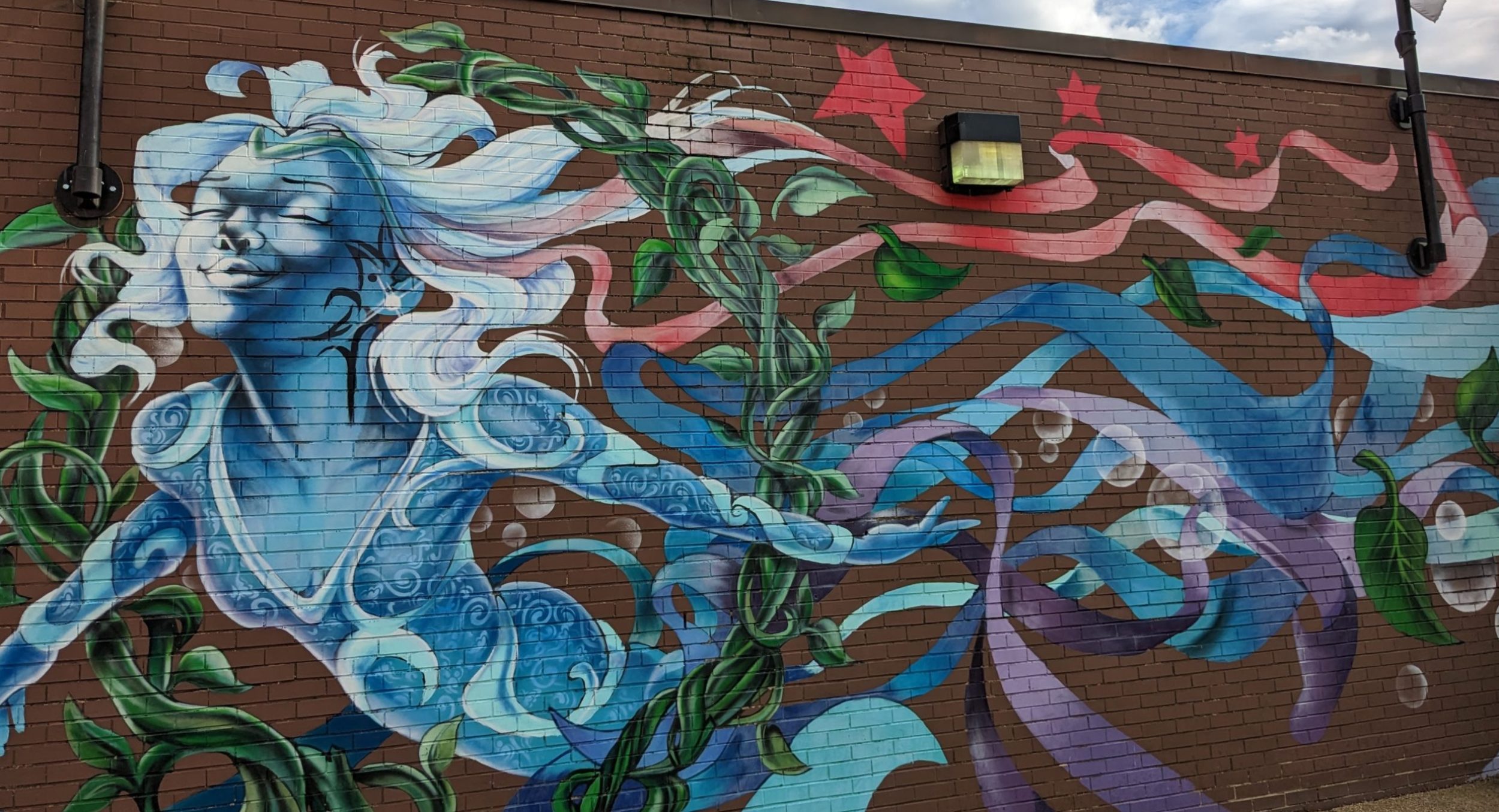Green hedges of tea plants thrive on Turkey’s Black Sea coast. You can see lines of them in the picture above. The rows of tea bushes climbed up and up and up the hills facing the
grayish water of the Black Sea in April. Tea bushes even filled in the gaps between apartment houses, like the buildings shown below, near the highway along the Black Sea coast.
I’d point out particularly dense clusters in apartment yards as my husband and I traveled by bus from Batumi in Georgia toward Samsun one morning.
The tea plants looked healthy and vigorous. They need to be. Turkey is the world’s third-biggest drinker of tea, judged by the average amount each person drinks, and gets most of its supply from the Black Sea coast. Turkey lags only Ireland and the U.K. in per-capita tea consumption, according to the Australian Food and Grocery Council’s www.tea.org.au site. Turks on average needed almost five pounds of tea leaves annually to fill their almost endless glasses in the years 1996 to 1998, according to the site.
Turkish tea is served in curved glasses, often with a gold rim. In the markets of Istanbul, tea-delivery men carry trays suspended from a hanger to allow them to bring glasses a dozen at a time to people working in the stalls. Each glass would be covered with a saucer, on which rested two or three sugar cubes and a little spoon.
Turkish coffee? That was popular only before when the Turks’ Ottoman Empire collapsed after World War I and took with it the formidable trade links to Yemen and the Middle East. Turkish coffee consumption averages to about 27 cups a year a person, while Americans drink about 22 gallons a person, according to statistics on www.maxiturkey.com and Wikipedia sites.


